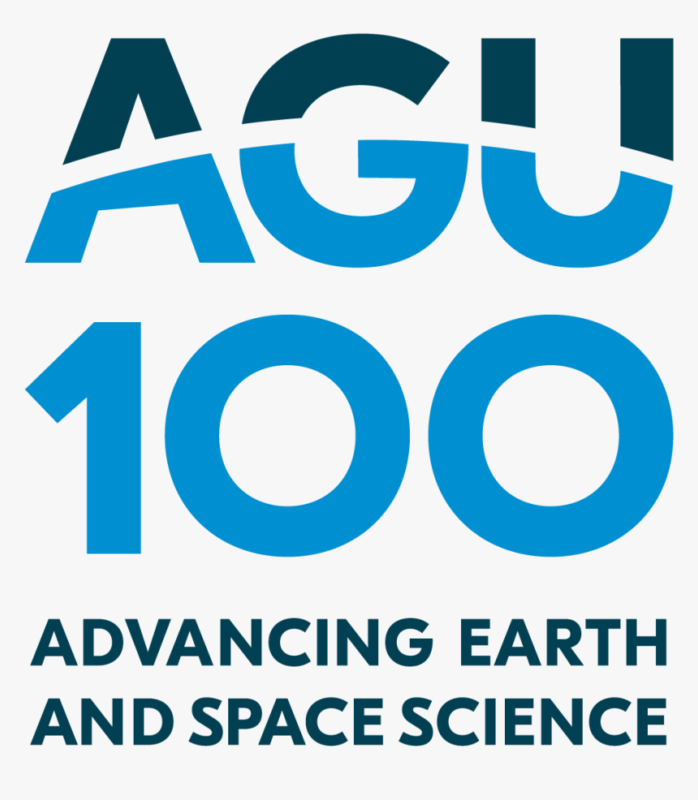Members of the HydroLearn community made a splash at AGU Fall 2020 with presentations about HydroLearn modules, related research, and how HydroLearn modules have been adapted for online learning during the pandemic. Check out the submissions below!
Authors: Emad H Habib1, Melissa Gallagher2, Jenny Byrd3, David G Tarboton4, Douglas Williams5, Daniel P Ames6 and Belize Arela Albin Lane4, (1)University of Louisiana at Lafayette, Civil Engineering, Lafayette, LA, United States, (2)University of Houston, College of Education, Houston, United States, (3)University of Louisiana at Lafayette, Lafayette, LA, United States, (4)Utah State University, Logan, UT, United States, (5)University of Louisiana Lafayette, Lafayette, United States, (6)Brigham Young University, Provo, UT, United States
On-line Learning Activities concerning Hydrologic Droughts and Drying Rivers
Authors: Joann Mossa, University of Florida, Department of Geography, Gainesville, FL, United States and Hilary K McMillan, San Diego State University, Department of Geography, San Diego, CA, United States
Turning the Corner: Moving From Emergency to Intentional Online Learning in Water Resources
Authors: Austin Polebitski, University of Wisconsin Platteville, Platteville, WI, United States and Tyler J Smith, Clarkson University, Department of Civil & Environmental Engineering, Potsdam, NY, United States
Author: Ciaran J Harman, Johns Hopkins University, Environmental Health and Engineering, Baltimore, MD, United States
Authors: Christina Bandaragoda1, Tao Wen2, Emad H Habib3, Anthony Castronova4, Jenny Byrd3, Melissa Gallagher5, Douglas Williams3, David G Tarboton6, Anand Padmanabhan7, Shao-Wen Wang8, Zhiyu Li9 and Daniel P Ames9, (1)University of Washington, Civil and Environmental Engineering, Seattle, WA, United States, (2)Syracuse University, Department of Earth and Environmental Sciences, Syracuse, NY, United States, (3)University of Louisiana at Lafayette, Civil Engineering, Lafayette, LA, United States, (4)Consortium of Universities for the Advancement of Hydrologic Sciences, Inc., Cambridge, United States, (5)University of Houston, Department of Curriculum and Instruction, Houston, United States, (6)Utah State University, Logan, UT, United States, (7)University of Illinois at Urbana Champaign, CyberGIS Center for Advanced Digital and Spatial Studies, Urbana, IL, United States, (8)University of Illinois at Urbana Champaign, CyberGIS Center for Advanced Digital and Spatial Studies, Department of Geography and Geographic Information Science, Urbana, IL, United States, (9)Brigham Young University, Provo, UT, United States
